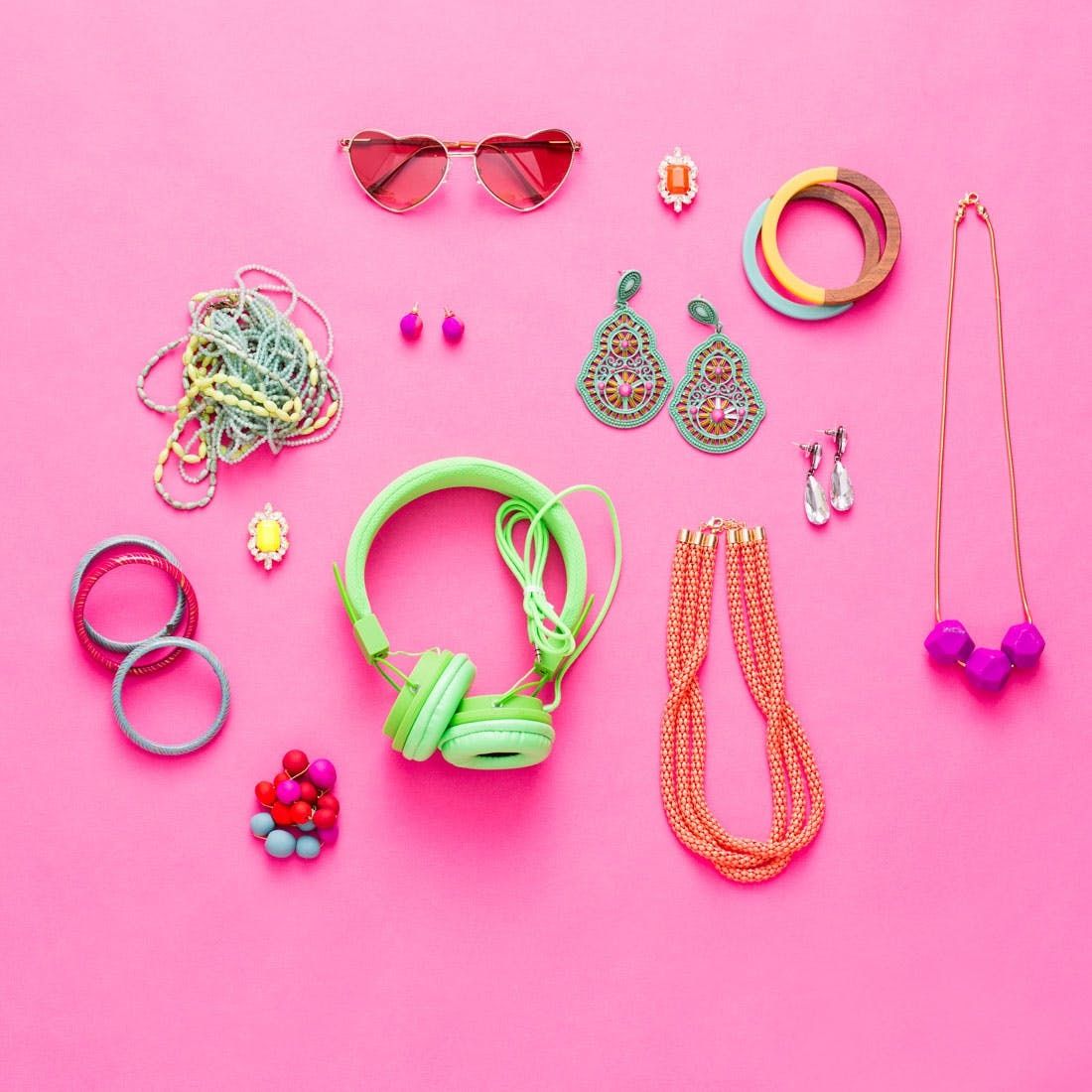One of my favorite new ways to upgrade a simple and basic outfit is by throwing on a pair of gold statement earrings. They always really elevate the entire look, making me feel AND look way more put together and chic than before. I've gone through the latest trends and picked out the hottest statement earrings at the moment, so keep reading for all of our favorites worn by the likes of Hailey Bieber and more!
IMO, Heaven Mayhem is the queen of gold statement earrings! They have so many different styles and options for the classic and chic, cool-girl look! Even THE It-Girl herself, Hailey Bieber, has been seen rocking these beauties lately.
I see these earrings everywhere, and for good reason! They're a great starter pack to gold statement earrings, and they go with every outfit; casual or dressy! After these, you'll be hooked for sure!
I have these in the white, and I wear them to almost any major event, dinner, or wedding that I have because they mix and match with so many different outfits! I get soooo many compliments on them multiple times anytime I go out, so be prepared — they're well-loved!
These are almost identical to the Bottega earrings that went viral last year, worn by Hailey Bieber and so many others. Except these adorable earrings are about $800 less than their designer counterpart, so I would definitely opt for this cheaper, but still chic alternative!
Madewell does such a great job with their accessories — I've bought multiple items from them with them never really tarnishing. These chunky earrings are perfectly on trend, and at such an affordable price too!
I love these gold statement earrings! The hardware is definitely gold, but the pops of color in the stones bring such a fun element to any outfit. I'd pair these with an otherwise simple dress for date night, matching my bag to one of the four colors in the stones. I can totally see these with a dainty pink purse, or a classic chocolate leather bag.
These were gifted to me, but I'm telling you right now, I've worn them SO much that I would buy them in a heartbeat. In fact, I've already planned to re-purchase them once they show signs of wear, but that's yet to happen after having worn them for nearly a year! They are extremely high quality, durable, and perfect for everyday use!
These are giving me all the vintage-vibes with the sweet horse-drawn carriage engraved into them! I love the detailing, and I especially love how affordable they are, given these earrings are Coach. They're simple but are sure to become an everyday pair!
Pearl and gold together just look phenomenal and so classy! I love these because they aren't as weighty, so they won't feel super heavy on your ears when you wear them, all the while still giving the illusion of more hearty earrings. Definitely perfect for a comfy, cute statement earring!
Heaven Mayhem Wine Earrings
I personally have these and wear them ALL the time! They are the perfect accessory to an all black look. My favorite way to style them is with a chic blazer and jeans with a slicked back bun, and voila! The earrings pack a punch and add some fun to an otherwise simple outfit!
Flower earrings are a great way to make a statement, and I absolutely love Bauble Bar for all of their statement jewelry! They have some other great gold options that are sure to stand out and help add some flair to your outfit!
These gold statement earrings definitely made a statement (see what I did there?) when they went viral on Tiktok! They sold out for a brief moment, but they're available now, so run to grab them while they're still in stock!
Want to be an IRL Princess Ariel?! Then these are the earrings for you! I would definitely grab them if you have any upcoming tropical vacations planned because these would be to-die for during a beach-front dinner!
Dangling earrings are such a moment because they just feel so elegant and extravagant at the same time! Every time I wear earrings like this, it feels like I'm headed off to fancy ball in a gown. And these stunning earrings are made with 18k gold plating, so they're extremely nice quality without all the fully-gold cost.
The vintage '80s brooch-looking earrings will never be out of style, I'm truly obsessed with them! If you can't thrift them, then I would highly suggest these stunning pearl earrings from Sterling Forever, because they really do look straight out of the '80s! These are the perfect statement piece to any outfit!
Sign up for our newsletter to stay up-to-date on all our other favorite jewelry picks!
Brit + Co. may at times use affiliate links to promote products sold by others, but always offers genuine editorial recommendations.
Header image via Sézane



